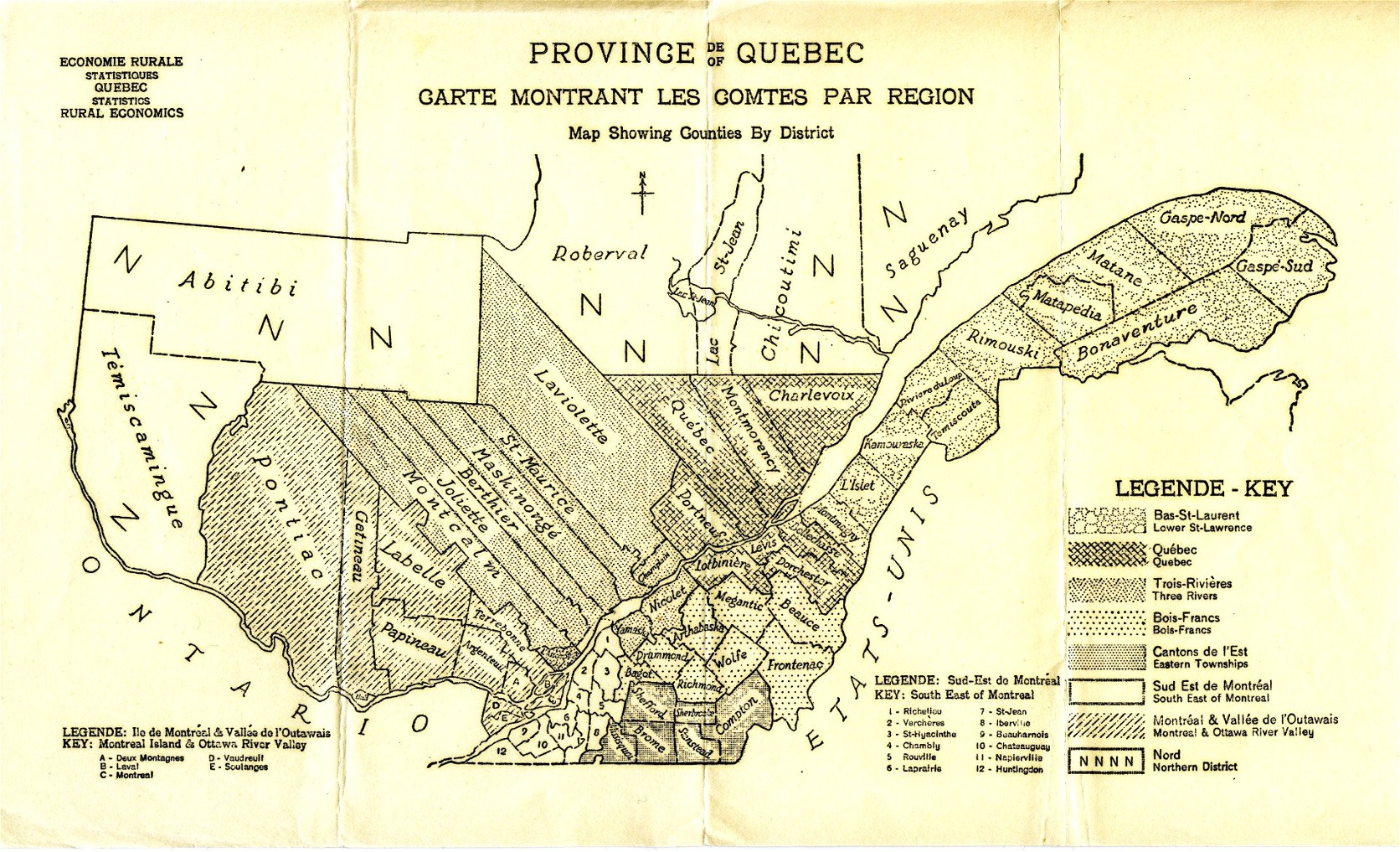A wildly more ambitious ATL version of the
Zuiderzeewerken. Or: the Dutch choose to drain the entire Zuiderzee (and a part of the Waddenzee). I was inspired by the idea being discussed in
this thread. Since it's a map, and this is the map thread, I might as well put it here, too.
This map is my own personal proposal, based on various OTL proposals that weren't carried out. Mostly based on the highly similar proposals by
Wenmaekers and by
Buma. In fact, the map is adapted from the map of Wenmaekers' proposal. (Original map created by a Dutch government agency and intended for public use, just so that's clear.)
In OTL, nothing this ambitious ever came close to actually being done. The above plans by Wenmaekers (specifically his final revision) and by Buma were both published in 1883. Buma was, in fact, the instigator of the actual projecty. Together with engineer P.J.G. van Diggelen, Buma founded the
Zuiderzeevereniging ("Zuiderzee Association") in 1886. This organisation investigated whether such plans could be carried out, and if so, how best to do it. The man leading that investigation was Cornelis Lely, and his advice towards moderation was followed in the end. Lely concluded that a lot of area covered by the more ambitious drainage plans had more sandy soil, with less clay, and would be far less fit for agriculture. Simply weighing costs versus benefits, Lely concluded that using only the most suitable areas for
inpoldering was the best bet.
But that's no fun from an AH perspective, so let's say that engineer Lely gets some big job in another country and isn't available to run the investigation into the possible plans. Thus, Buma, Wenmaekers and Van Diggelen are the leading lights of the project. All three favour large-scale drainage, and they get carried away a bit. Perhaps their desire to see the project completed leads them to be (a bit too) optimistic about the soil quality, and they ultimately propose an ambitious version of the
Zuiderzeewerken. A big selling point would be that an outer dike going from island to island would be the most
effective way of closing off the entire internal body of water. In OTL, Lely considered building a dike there a difficulty because of water depth, but it wasn't impossible. He just projected that costs would be higher, and - again - a less ambitious plan would be cheaper. (He rationalised this using his conclusion that soil quality of drained land up north would be inferior-- if that conclusion is avoided, I suspect a cost-benefit analysis based on different assumptions would show that the island-dike
is the best option.)
So. After that, we wait for a great flooding disaster, which was the impetus for the
Zuiderzeewerken in OTL. What do we end up with? If a wildly ambitous project to drain the entire Zuiderzee were to be carried out, I'd expect it to be a fusion of the earlier proposals, optimised in regards to canal placement. Having looked at it for a while, comparing the various proposed canal routes and their key funtions, as well as considering the need for roads (and sluices) between the various polders, I came up with the above map.
A potential problem, which I took into account as well, is what the Dutch call
inklinking. I can't think of a good translation for this, except perhaps 'sinkage'. That is: the process whereby surrounding land loses volume because of receding groundwater. The result is that the drained land ends up 'sinking' quite a bit. The sinking of the ground level may in turn cause breaches of the dikes surrounding the drained land. It's why the drained land in OTL was to some extent surrounded by lakes, and in all cases filled with a considerable setwork of canals and other waterways. This keeps the groundwater levels up, preventing 'sinkage'.
Much largers drainage projects would near-inevitably run into this problem. The Noordoostpolder ran into it to some extent in OTL, being not entirely surroundend by lakes as the Flevopolder is. Even the Flevopolder caused more 'sinkage' than expected, however, simply due to its size. An ambitious plan to drain the entire Zuiderzee would no doubt run into this problem. Furthermore, going with one big polder would cause a major obstacle to shipping.
For these reasons, I have avoided one big polder. Instead, I have gone with multiple polders, intersected by major canals and surrounded by substantial lakes. Thus, shipping isn't hindered, and 'sinkage' of the land is hopefully prevented and at least minimised.





